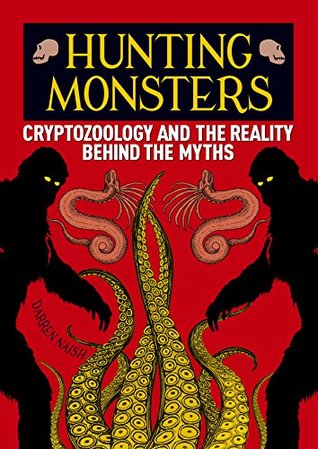More on this book
Community
Kindle Notes & Highlights
by
Darren Naish
Started reading
September 26, 2017
cryptids – is obvious from the huge number of books, magazine articles, TV shows and movies devoted to them. These superstar cryptids are so popular, so familiar, that a major portion of interest in world mysteries, in the paranormal and the unexplained is driven specifically by the curiosity that surrounds them. In other words, it’s partly thanks to an interest in the Loch Ness monster, bigfoot and
ever since the 1930s. Over the years, an enormous amount of money has been generated from Nessie-based tourism, books, toys, merchandise, movies and TV shows. This image shows the famous ‘Surgeon’s photo’ or ‘Wilson photo’. On the other hand, the idea that these creatures might really exist inspires many people to think about the reliability of eyewitness evidence as a source of information, and to consider seriously how cryptids might make sense as living, breeding, breathing creatures. The Loch Ness monster, the yeti and so on can introduce
great number of ideas about the sorts of creatures these cryptids might really be, about how they live and behave and about their evolutionary history. This entire field of research is termed cryptozoology and in this book we’ll look at a number of classic ‘target creatures’ of the field in a critical fashion. One aim of this book is to work out
‘monsters’ – has been present throughout recorded history. At the beginning of the Renaissance (the 15th and 16th centuries), such monsters as dragons, unicorns, mermaids and giants were not regarded as the products of myth or fairytale, but assumed to be flesh and blood creatures awaiting discovery and
curiosity, she ran across the field after it, and fortunately was just in time to see it pop down a large rabbit-hole under the hedge. In another moment down went Alice after it, never once considering how in the world she was to get


